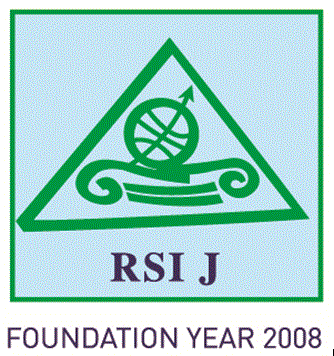Farzaneh KHALILI
Assistant Professor of Economics, Islamic Azad University, Abhar Branch (Corresponding Author)
farzaneh_khalili2001@yahoo.com
Majid AFSHARIRAD
Associate Professor of Economics, Faculty of Economics, Kharazmi University, Tehran, Iran
m.feshari@gmail.com
Abdolrahim HASHEMI DIZAJ
Assistant Professor of Management and Economics, Mohaghegh Ardabili University
a.hashemi@uma.ac.ir
Mehdi YAZDANSHENAS BAHOGHOGH
Ph.D Candidate of Economics, Islamic Azad University, Abhar Branch
nnn_yazdanshenas@yahoo.com
Abstract
Suitable economic growth has always been one of the priorities of any economic system. Meanwhile, economists have tried to achieve this goal by determining the factors affecting economic growth. At first, the main emphasis was on the physical capital and labor force, and the natural resources management. However, institutional factors, including natural resource management, emerged as a determinant of economic growth. In this regard, in this paper, the effect of institutions and management of natural economic resources on GDP per capita as a proxy for economic growth have been investigated by applying spatial regression models and Durbin model in the D8 countries during the period of 1996-2019. The empirical results of model estimation showed a positive and significant effect of natural resource management on economic growth of these countries. Moreover, the effect of physical capital, human capital, foreign investment accumulation and natural resources on economic growth is positive and significant. In addition, the effect of neighborhood and spillover impact of institutional quality on the economic growth has been confirmed in D8 countries.
Keywords: GDP Per Capita, Institutions Quality, Natural Resource Management, D8 Countries.
JEL classification: C23, O47, I25
pp. 239-256
